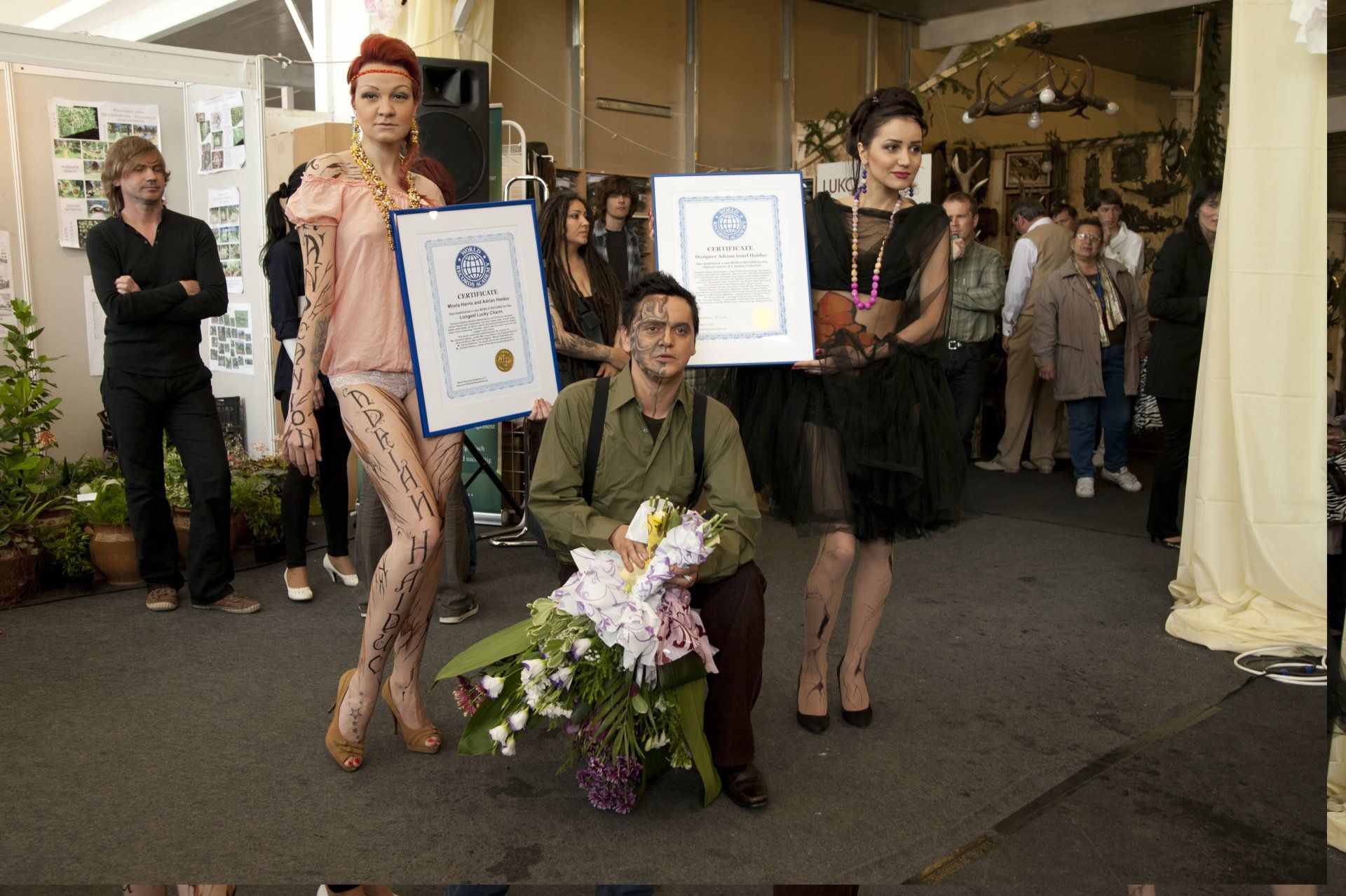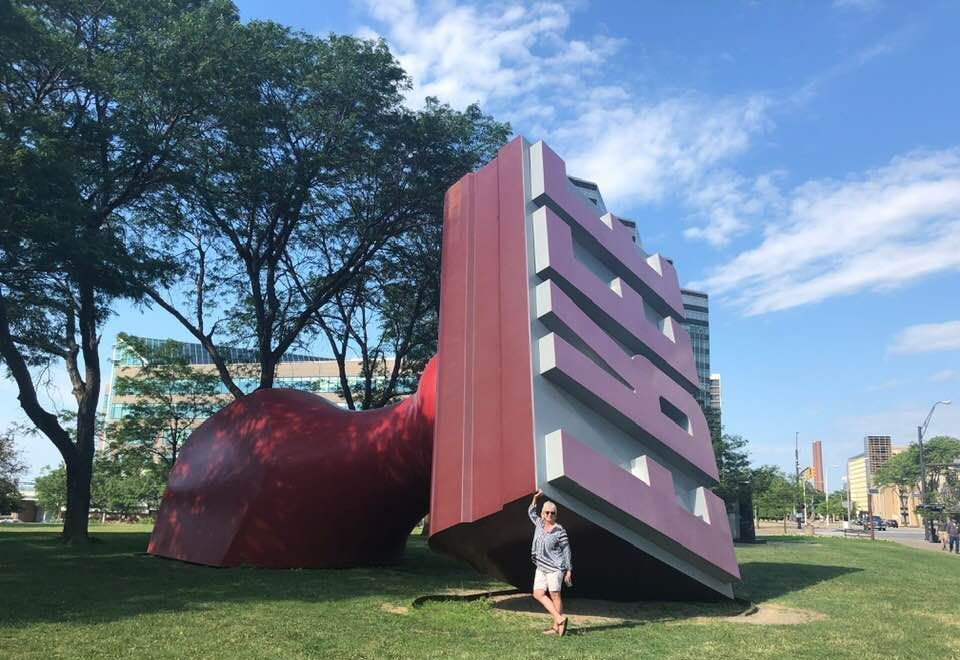World's Tightest Residential Building, world record in Dillingham, Alaska
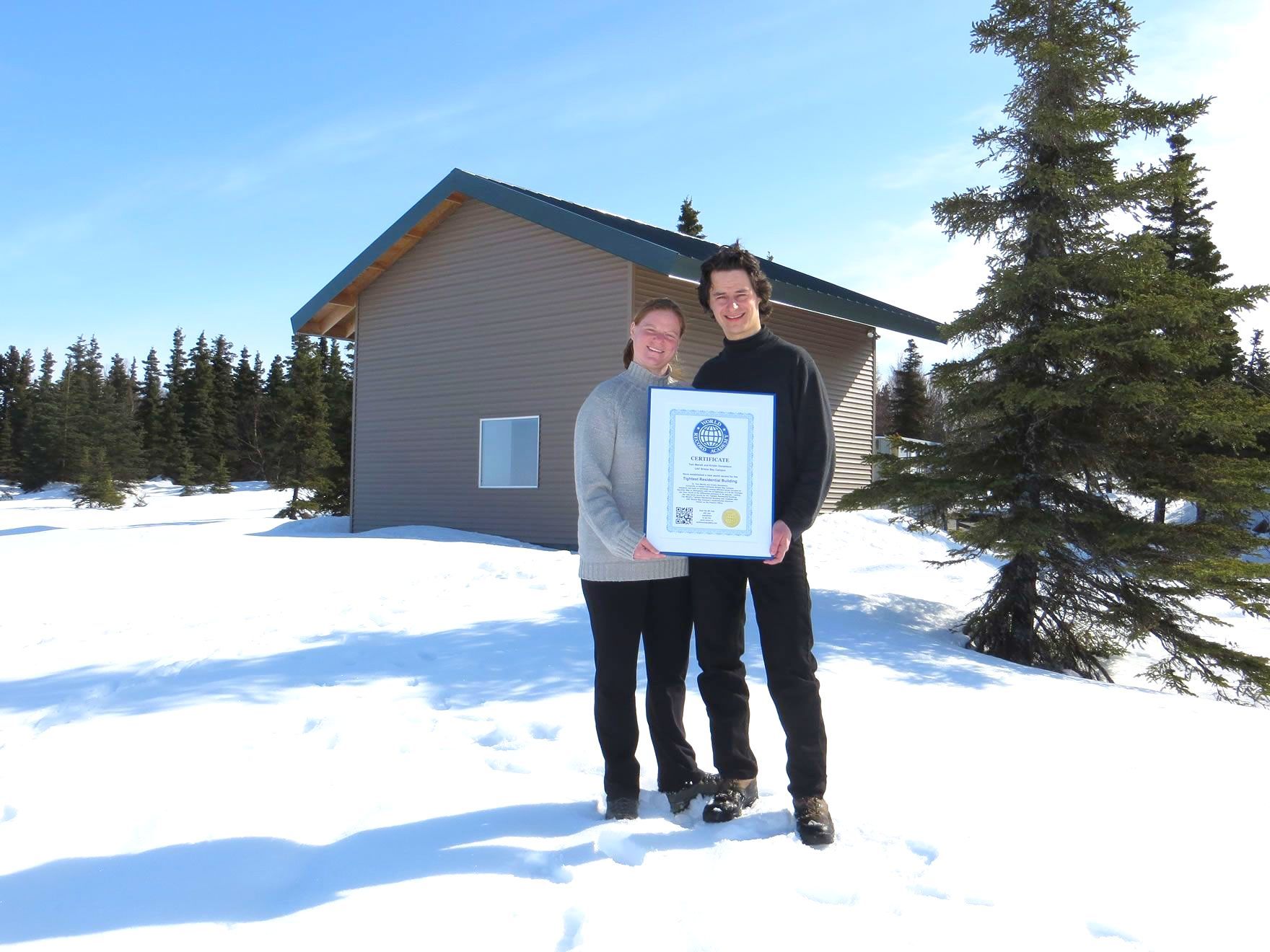
Dillingham, Alaska, United States--Dr. Tom Marsik and Kristin Donaldson, University of Alaska Fairbanks Bristol Bay Campus, designed and built an extremely energy efficient house with the air-tightness of 0.05 Air Changes per Hour (ACH) at the differential pressure of 50 pascals – setting the new world record for the World's Tightest Residential Building, according to the WORLD RECORD ACADEMY.
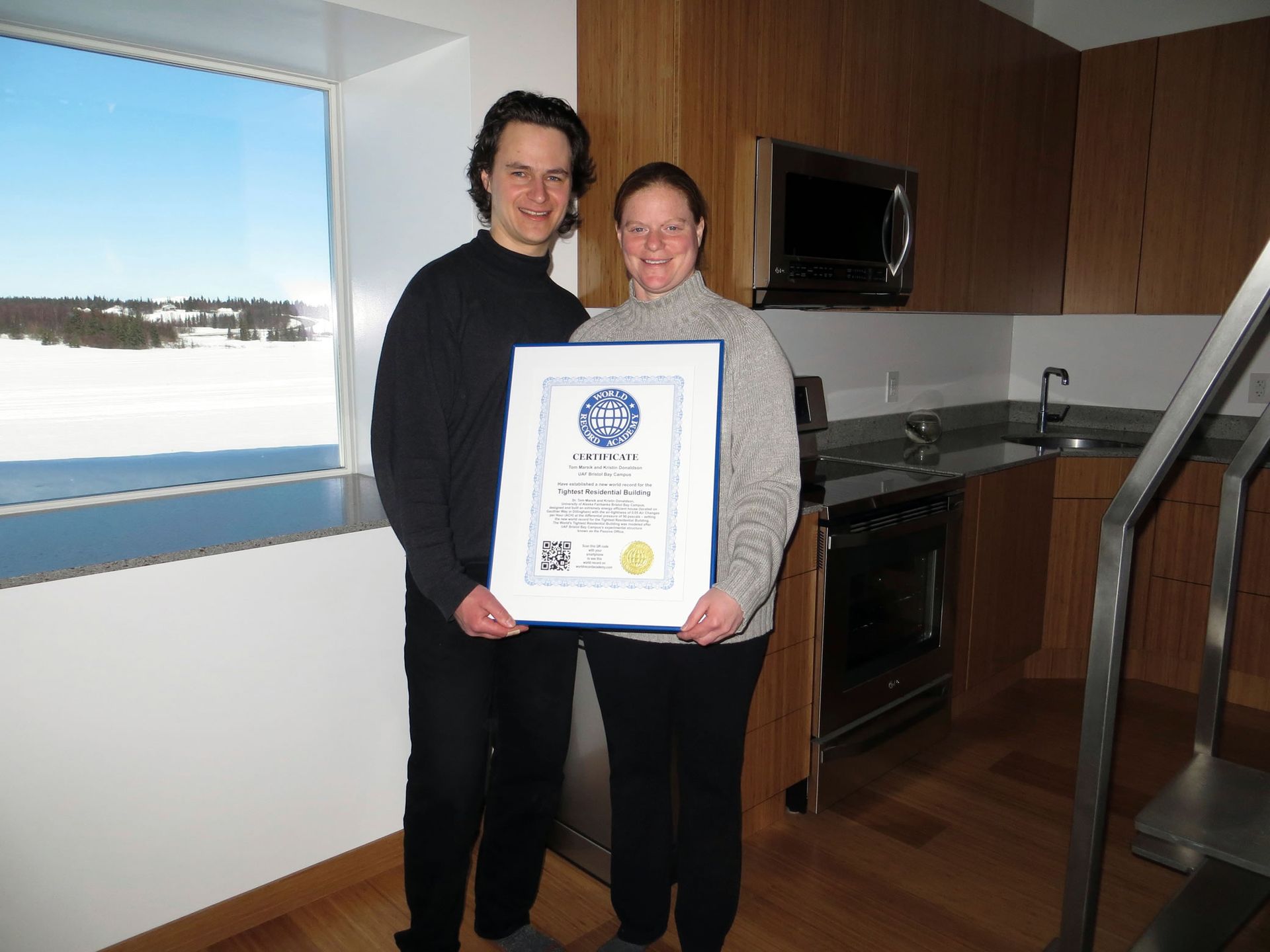
The house was designed and built beginning in 2010 by Sustainable Energy Asst. Professor Tom Marsik and his wife Kristin Donaldson. The world record attempt was sponsored by UAF Bristol Bay Campus.
The house was built using advanced green building methods and was modeled after the University of Alaska Fairbanks (UAF) Bristol Bay Campus's experimental structure known as the Passive Office.
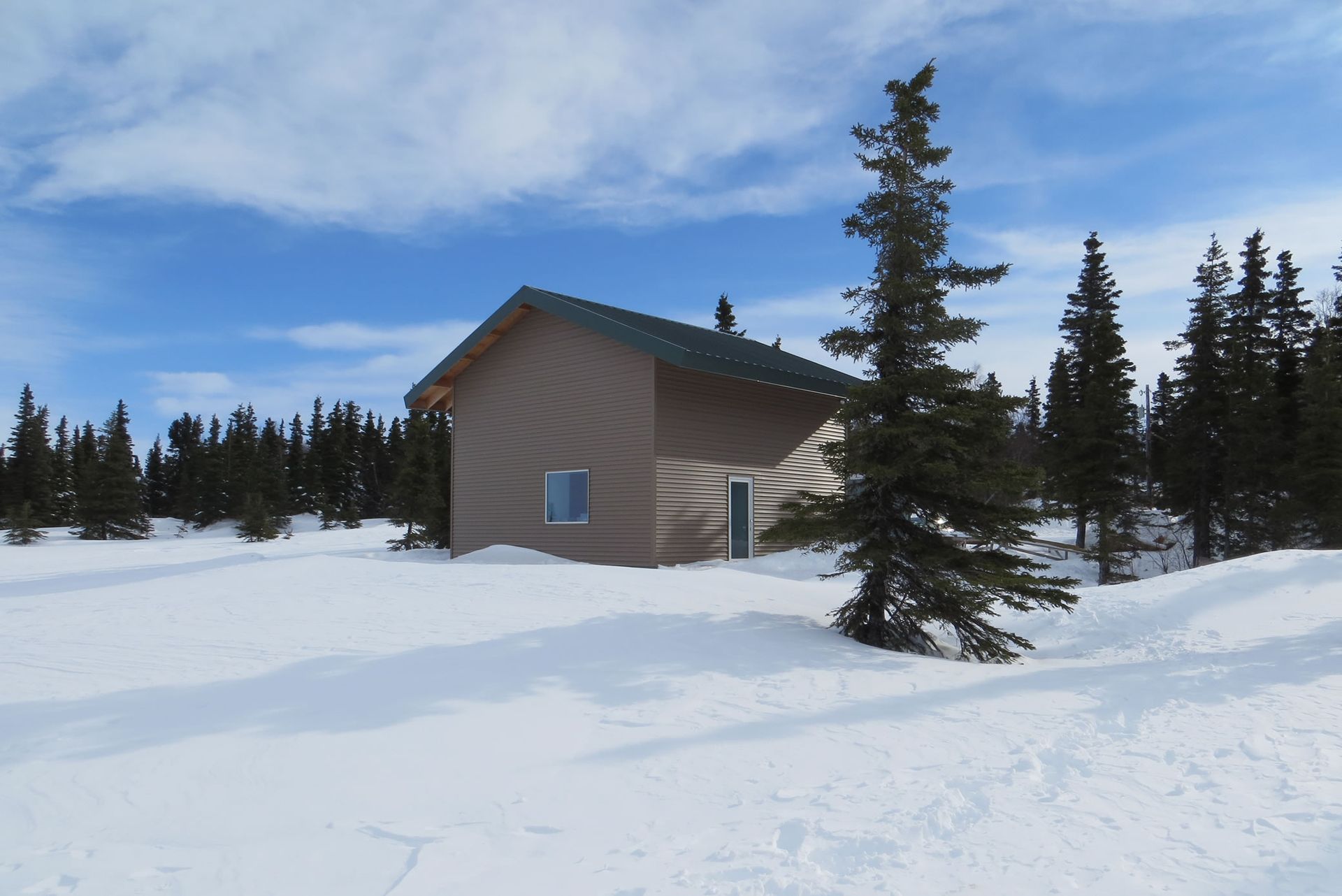
Dr. Marsik was an Assistant Professor of Sustainable Energy at the
UAF Bristol Bay Campus. Both his professional and personal lives are dedicated to sustainable energy.
"The main purpose of this world record is to help bring attention to energy efficient buildings and efficiency in general," Marsik said.
"I believe energy is one of the most important issues in today's world and energy efficiency is a key part of the solution. The more awareness we can raise, the more people will be encouraged to save energy and resources for future generations."
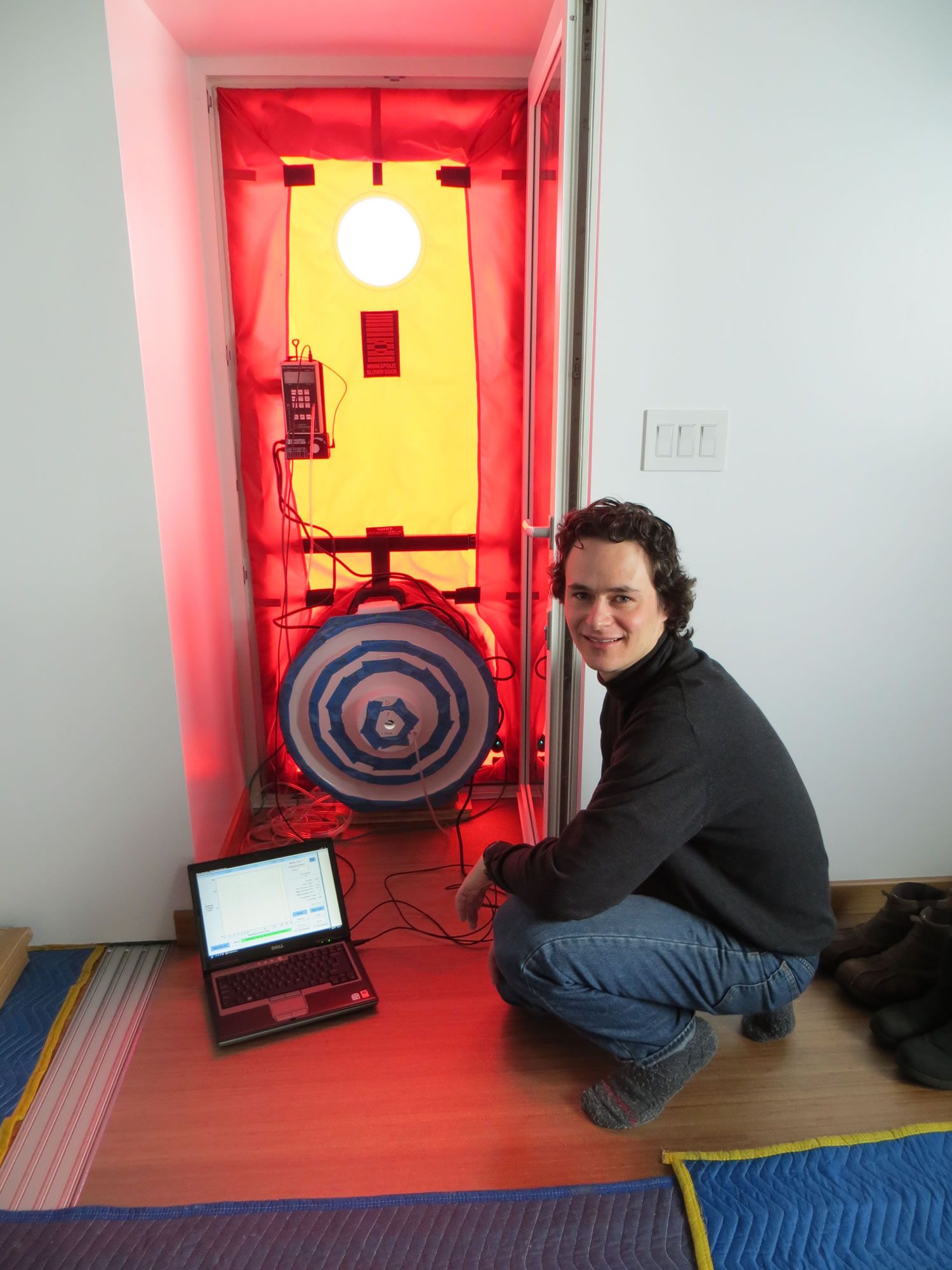
His wife, Kristin Donaldson, added that "an important part of the solution is not just technology, but lifestyle choice. Our small but cozy home is a reflection of this choice."

The official blower door test was performed; one of the witnesses was Alice Ruby, City of Dillingham Mayor.
Another one was Gorden Isaacs, Building Analyst Professional with a national certification from the Building Performance Institute. He performed the blower door test, and pointed at the reading on the screen, announcing: "Our air changes per hour at 50 pascals are calculated at 0.05. That is phenomenally low."
In fact, the air flow needed to maintain the differential pressure of 50 pascals was only 5 cubic feet per minute, which is significantly below the calibrated range of a standard blower door. Because of this, The Energy Conservatory (the blower door manufacturer) made a specialized tool for measuring this very low air flow, and donated it to the project.

Marsik and Donaldson's house is not just extremely tight, it is also extremely insulated. One of the key features is its 28" thick walls.
The house was modeled after an experimental structure known as the "Passive Office," which is an educational tool developed by the UAF Bristol Bay Campus Sustainable Energy Program. It demonstrates an advanced green building technique developed specifically for this purpose – super tight and super insulated buildings.
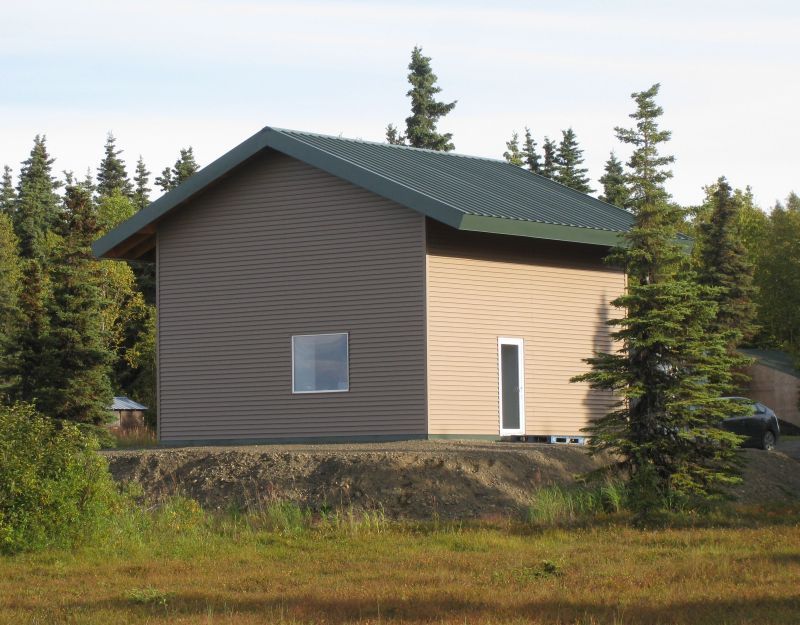
Key Energy Features
# Small size (2 bedrooms, 1 bathroom)
# 28" thick walls
# Extremely tight building envelope (<0.1 ACH50)
# Majority of needed heat comes from internal heat gains (byproduct heat from lighting and appliances, body heat, passive solar gain)
# Heat that needs to be supplied from a heat source corresponds to about 35 gal of heating oil annually
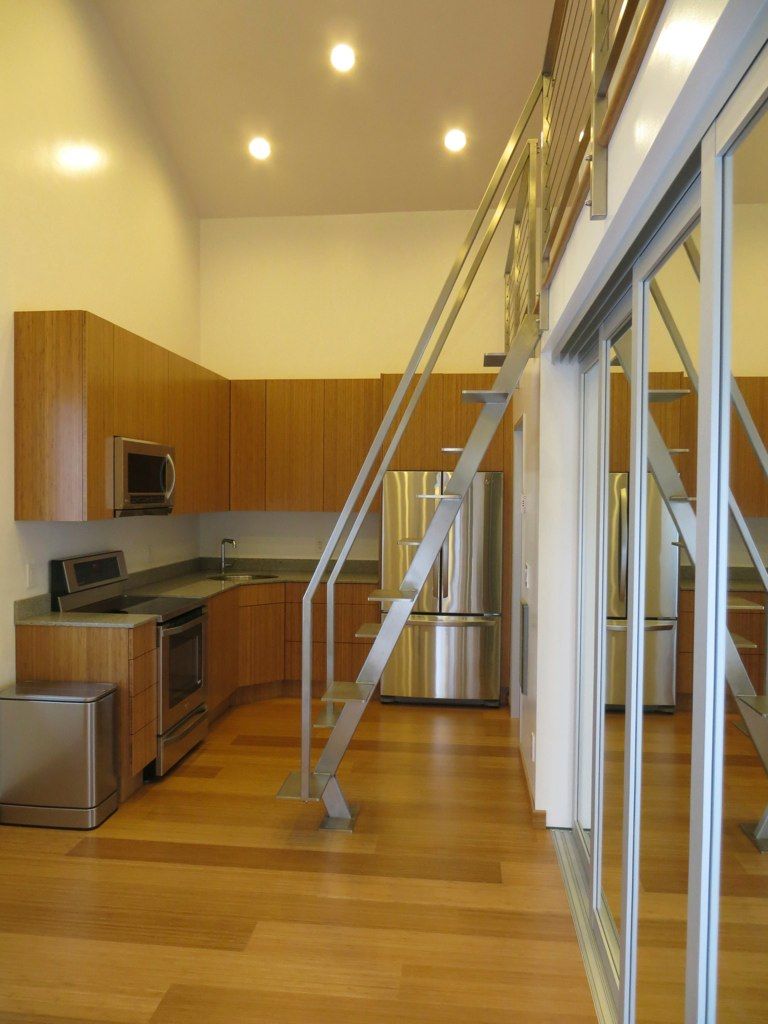
Many organizations and individuals contributed to the design and construction of this extremely efficient house.
"We couldn't have done this alone and are very grateful for all the support that we received," Marsik and Donaldson said.
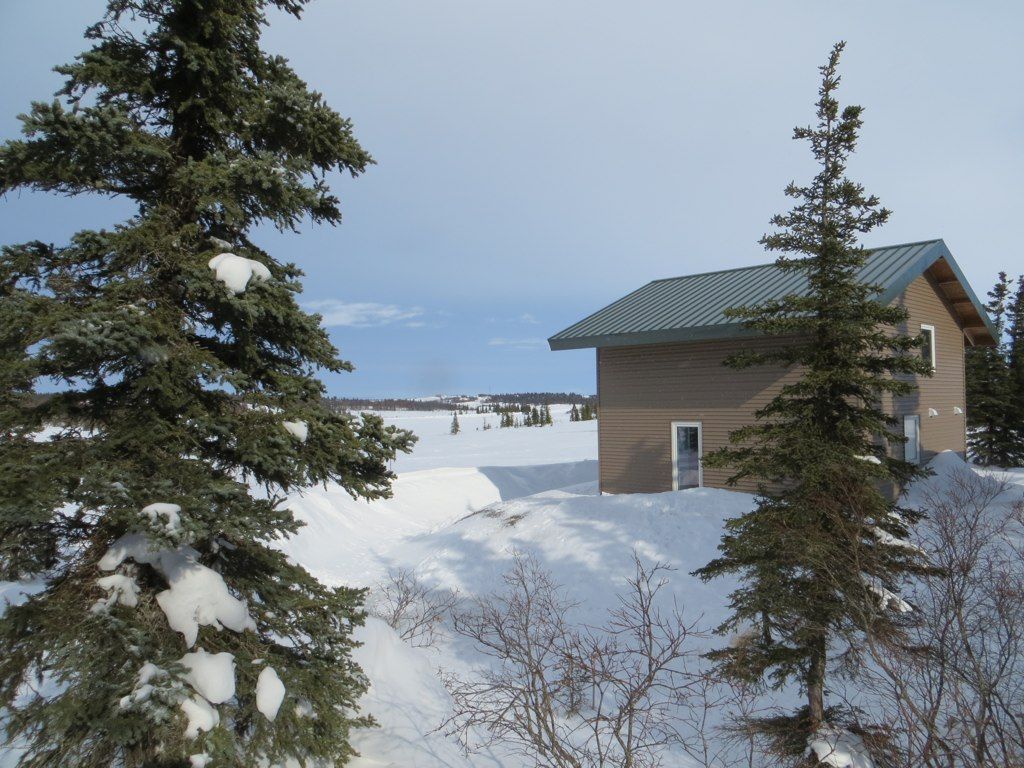
Organizations and individuals who had a meaningful contribution in constructing the house and/or performing the world record blower door test:
Organizations:
- UAF Bristol Bay Campus
- The Energy Conservatory
- Alaska Building Science Network
- Cold Climate Housing Research Center
- Alaska West Supply
- Dillingham Builders
- Bristol Bay Housing Authority
Individuals:
# William Donaldson
# Gorden Isaacs
# Chet Chambers
# Fergus Hickling
# Gary Nelson
# Tonya Kelley
# Dave Northup
# Adam Kane
# Mike Favors
# Alice Ruby
# Dagen Nelson
# Kent Winship
# Jack Brown
# Tran Smyth
# Mike Davis
# Todd & Michele Radenbaugh
# Paul Liedberg
# Rick Lind
# Bryan Reed
# Jiri Marsik
# Russell Nelson
# Anthony Jett
# Debi McLean
# and many others …
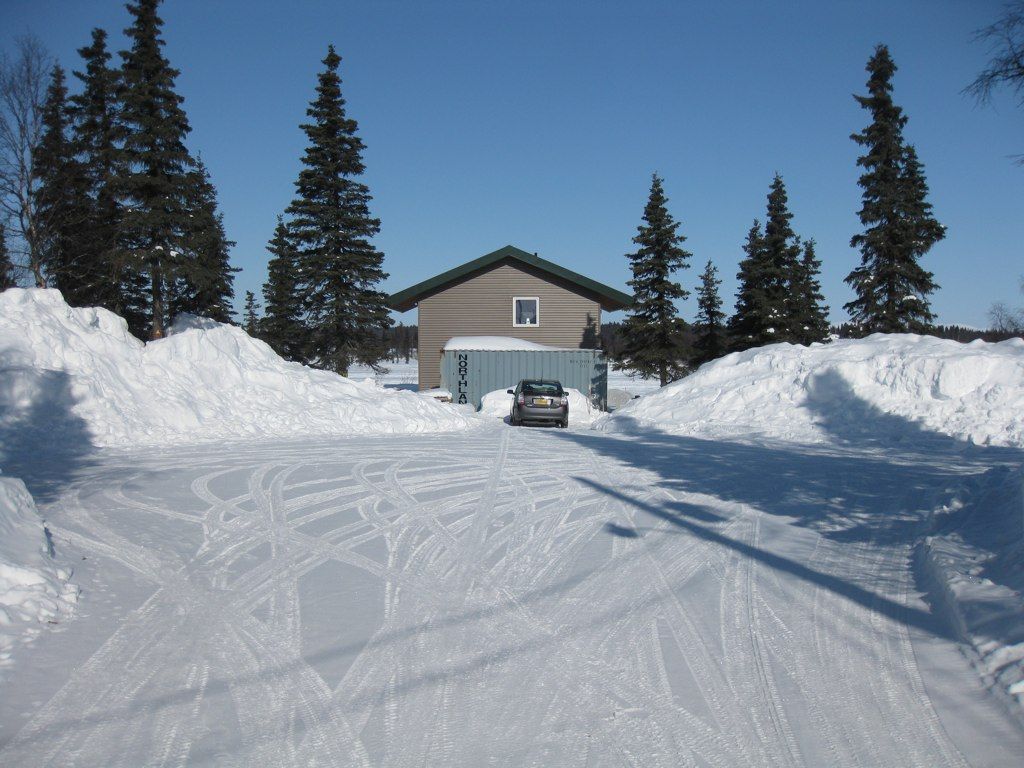
"The two-bedroom, one-bath house is insulated mostly with cellulose and is designed to be comfortable without a conventional heat source. Most of the heat comes from lighting, appliances, body heat and solar gain. The house needs the equivalent of 35 gal. of heating oil a year," the
Green Building Advisor says.
“If society acknowledges the importance of reducing energy consumption, a logical question to ask is: What good does it do to increase the energy efficiency of homes if it is outweighed by escalations in their size?” Marsik wrote in a description of the project in Alaska Building Science News. “The main purpose of this project is to demonstrate that by combining super-efficient construction technology with small house size, an extremely low energy home can be achieved.”
"Marsik said the house was built with a “double-frame technique” that included a continuous vapor barrier and both cellulose and fiberglass insulation. “The basic idea is simple,” he wrote. “Build a small box inside a bigger box, seal the small box in a plastic bag, fill the whole cavity between the boxes with insulation, and you will end up with a supertight and superinsulated structure."
Other building features included:
- A heat recovery ventilator
- Triple-pane, argon-filled windows with fiberglass frames.
- Energy Star appliances and compact fluorescent lighting.
- Low-flow plumbing fixtures.
- All-electric operating, with no oil, propane or wood fuel.
Marsik says the extra insulation in the house cost $20,000, but he and his wife will see more than $4,000 in annual savings based on current energy costs. Total construction costs were $169,500.
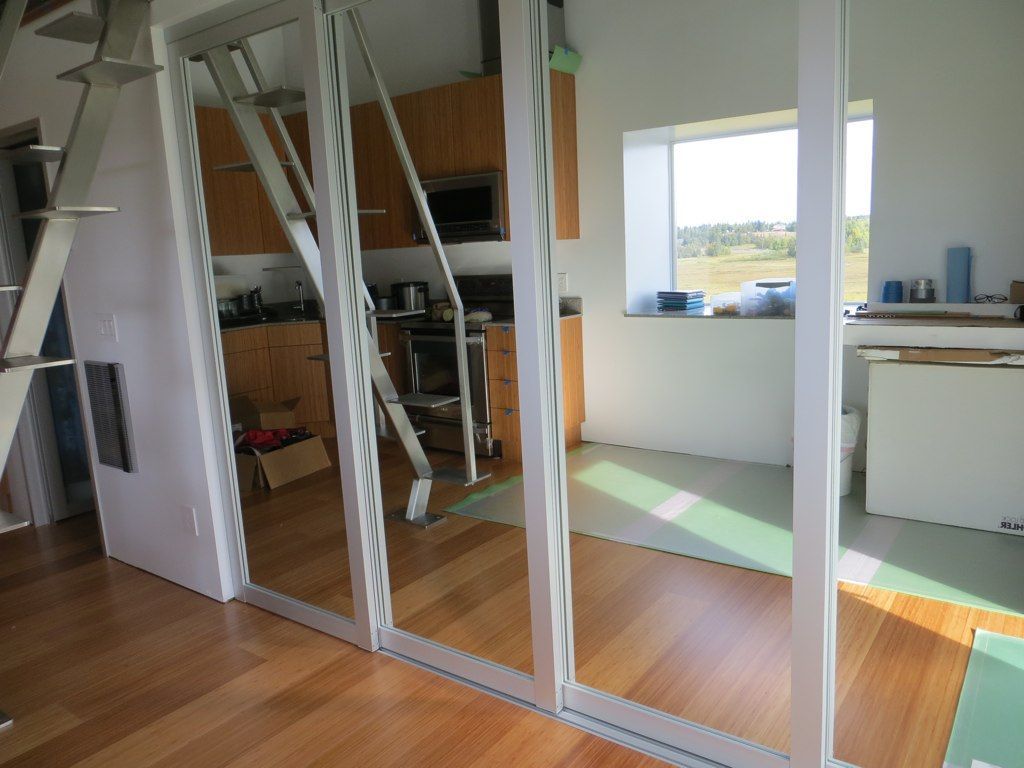
"The Marsik home tested at 0.05 ACH (air changes per hour) at 50 pascals of pressure. That’s an extraordinarily low number; some experts point to buildings in the 1-2 ACH range as being exceptionally efficient," the Alaska Public Media says.
"Key to the Marsik place’s efficiency are both the 28″ thick, fully-insulated walls, and the extremely air-tight seal.The 600 sq. ft. house and all its amenities run entirely on electricity. In 2012, Tom says it took just 3700 kWh to power the place. To keep the place warm, he calculates the house needs an electrical equivalent of just 35 gallons of heating oil per year.
"Tom and Kristin say they’ll be alright if someone beats their world record in the future; actually, they’d be happy to see people try. Building the house and advertising the success has never been about personal recognition so much as they hope to spread the word about energy efficient designs and the new technologies that make them possible."

